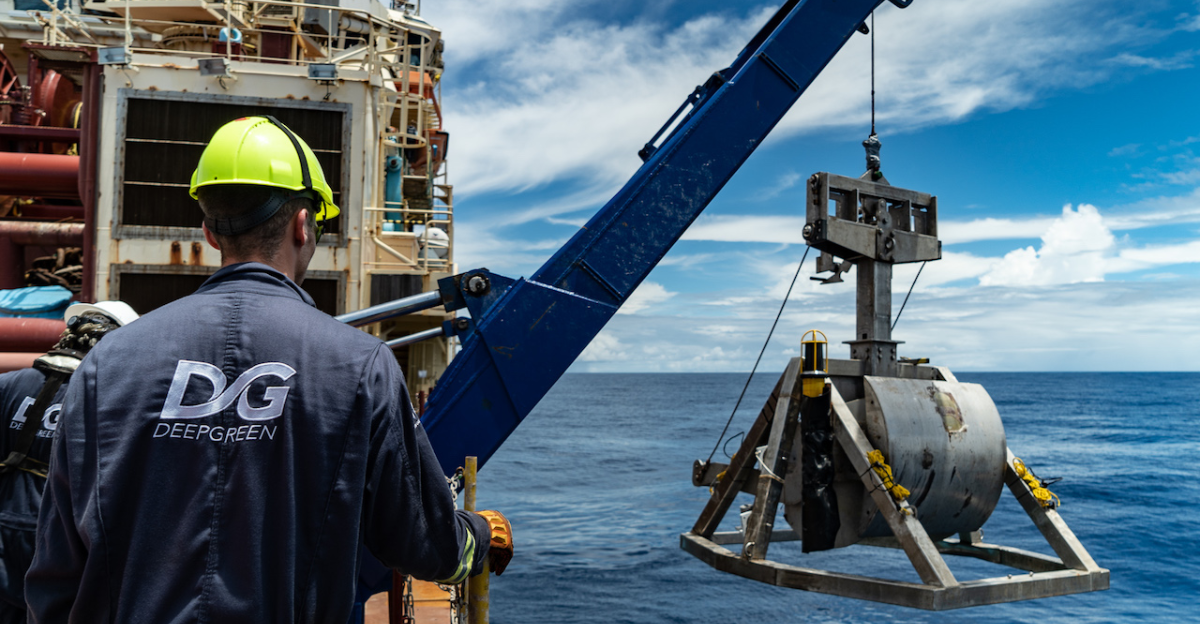
Lying hidden beneath Europe’s northern ocean waves is a find that is potentially more valuable than you can imagine—but it’s not gold, and it doesn’t sparkle. It’s a clear, renewable energy source that may be worth more than any precious metal.
The North Sea has been home to offshore oil rigs and fishing vessels for decades. And now, it could be the energy source to power a whole continent without emissions. This discovery is not just a milestone—it’s revolutionary. And we’ve only just realized what this means for the planet.
The Treasure Isn’t What You Think

Set aside what you thought you knew about ocean treasures. This one’s not about pirates and old wrecks. Instead, the North Sea’s true value lies in something modern and forward-facing: energy.
More specifically, green hydrogen—a clean fuel that emits nothing but water vapor when used. And it’s not just a small supply trickling in. If managed correctly, we’re talking enough potential to reshape Europe’s entire energy future. But what is green hydrogen? And why is the North Sea the perfect place to find it?
An Unexpected Giant Far Out at Sea
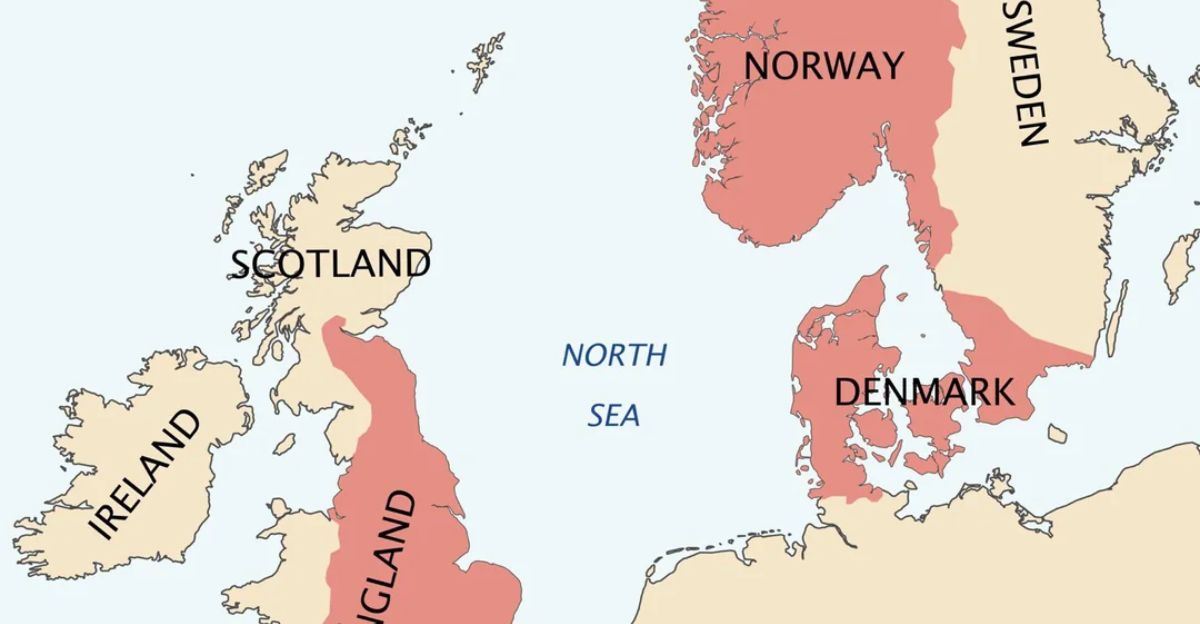
The North Sea off Europe is an old-established offshore workhorse, but now it’s taking on new significance. Shallow seas, strong winds, and high-tech factories come together to create the ideal storm—but not a storm of destruction, a storm of invention.
Already, there are plans to turn this sea area into a clean energy giant, with wind farms as far as the horizon. These turbines will power homes and be used to split water into oxygen and hydrogen, using electrolysis. The outcome? A fuel that might replace fossil fuels.
Wind Power Becomes Something Different
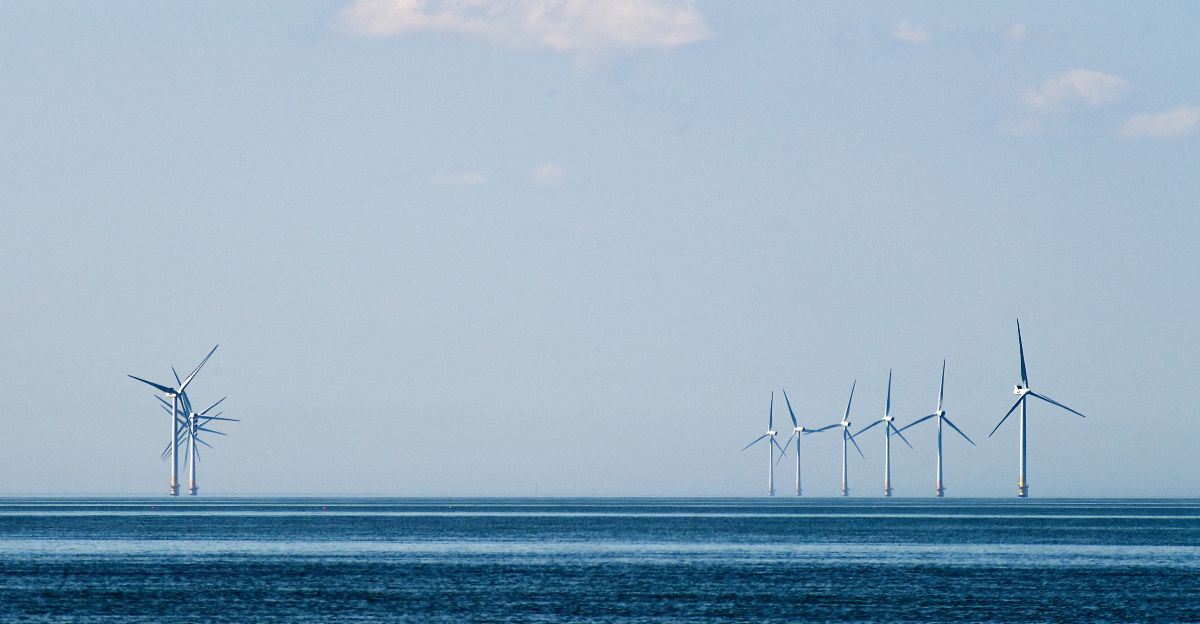
Offshore wind isn’t new. But its use is changing. No longer just an electricity generator, it’s now being used to generate fuel. When wind electricity is put into electrolysis, the resulting hydrogen is “green” because it does not involve any carbon emissions.
That is what this is all about. Europe can potentially use its natural winds to produce a secure, local supply of green hydrogen—cutting a vast proportion of fossil fuel dependency in transport, industry, and heating.
The Numbers That Matter
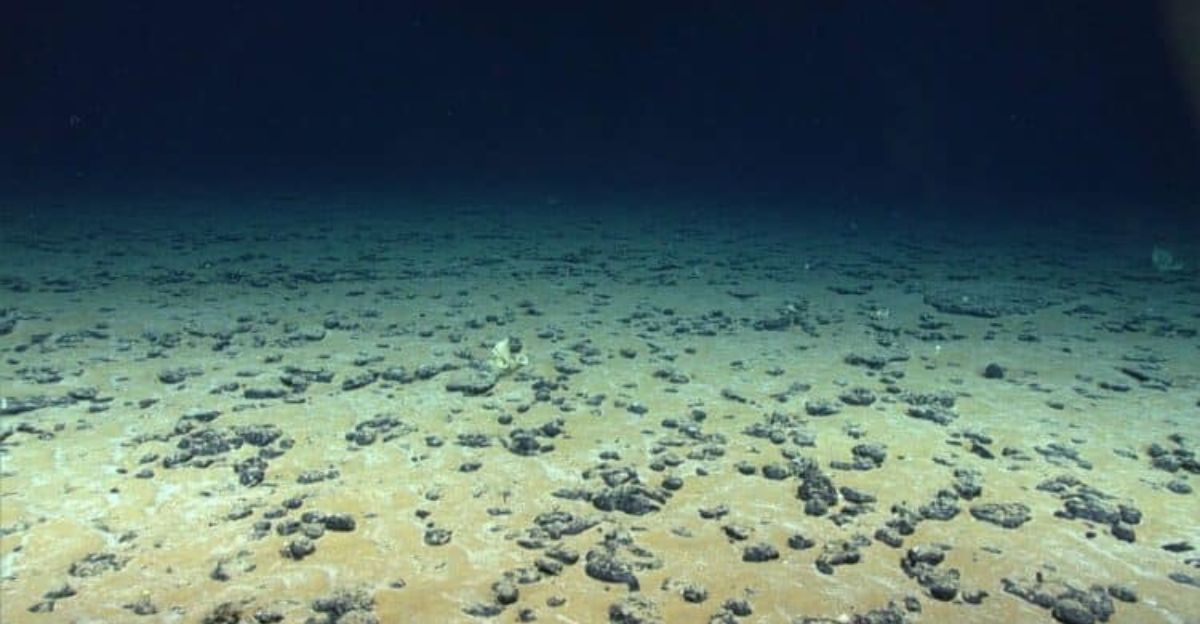
So just how big is this actually? Experts estimate that once the infrastructure in Europe is complete, the North Sea will produce as much as 45,000 tons of green hydrogen per year.
To put that into perspective, that’s enough to power millions of hydrogen fuel-cell cars or warm up thousands of factories. And that is only a start. Experts estimate the area can accommodate wind farms that will provide 300 gigawatts of electricity. That’s like powering many big countries—cleanly, reliably, and permanently.
Water Wonders with Technology: Meet the Windcatcher
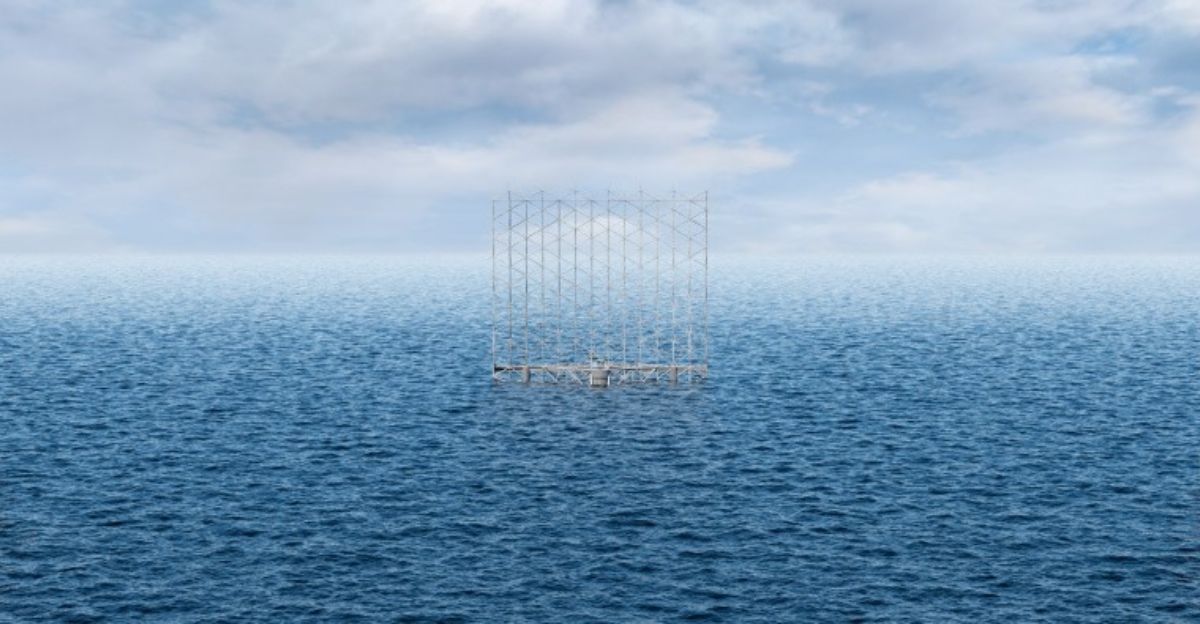
Perhaps the most thrilling innovation is the Windcatcher technology—a space-age floating platform that resembles a spaceship rather than a wind turbine. By consuming wind from various directions and preventing energy loss, it doubles output and reduces maintenance by half.
Such systems will be required to scale up production and render green hydrogen price-competitive. They also can provide more installation flexibility, allowing wind farms to be visible in deeper or less accessible oceans.”.
What Makes Hydrogen “Green” Anyway?
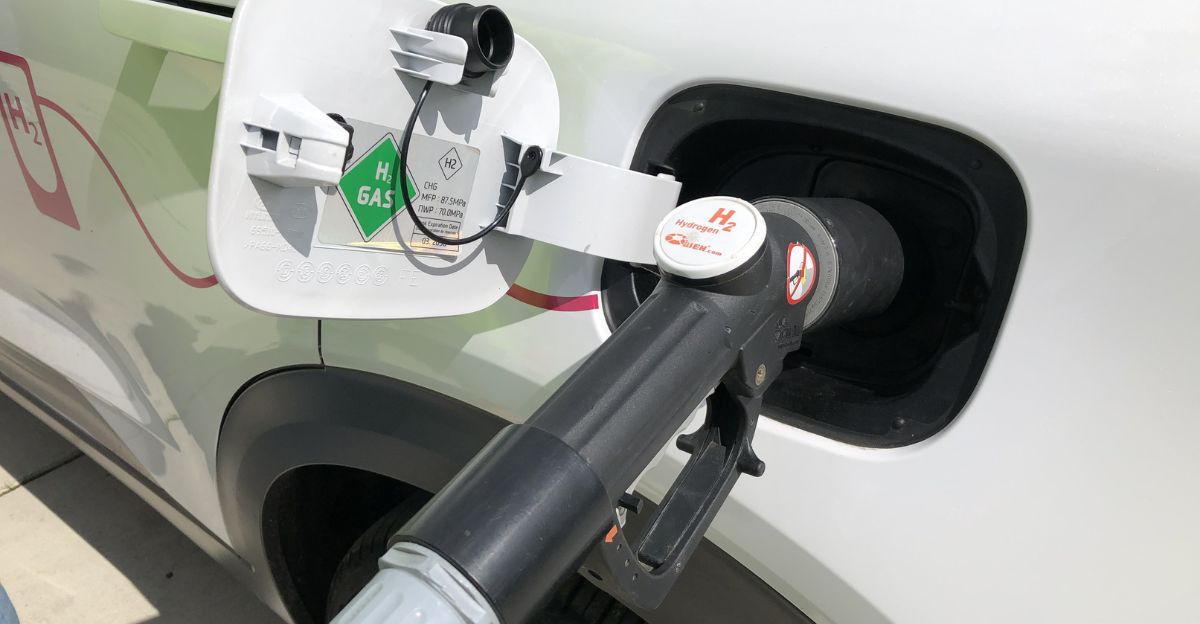
Hydrogen is the most abundant element in the universe, but it is not always clean. Gray hydrogen relies on fossil fuels. Blue hydrogen traps some of the emissions.
But green hydrogen is produced by renewable energy—such as offshore wind—to break water into oxygen and hydrogen. No emissions. No guilt. Just clean fuel to drive cars, power homes, planes, and even factory boilers.
The Big But: Challenges Ahead
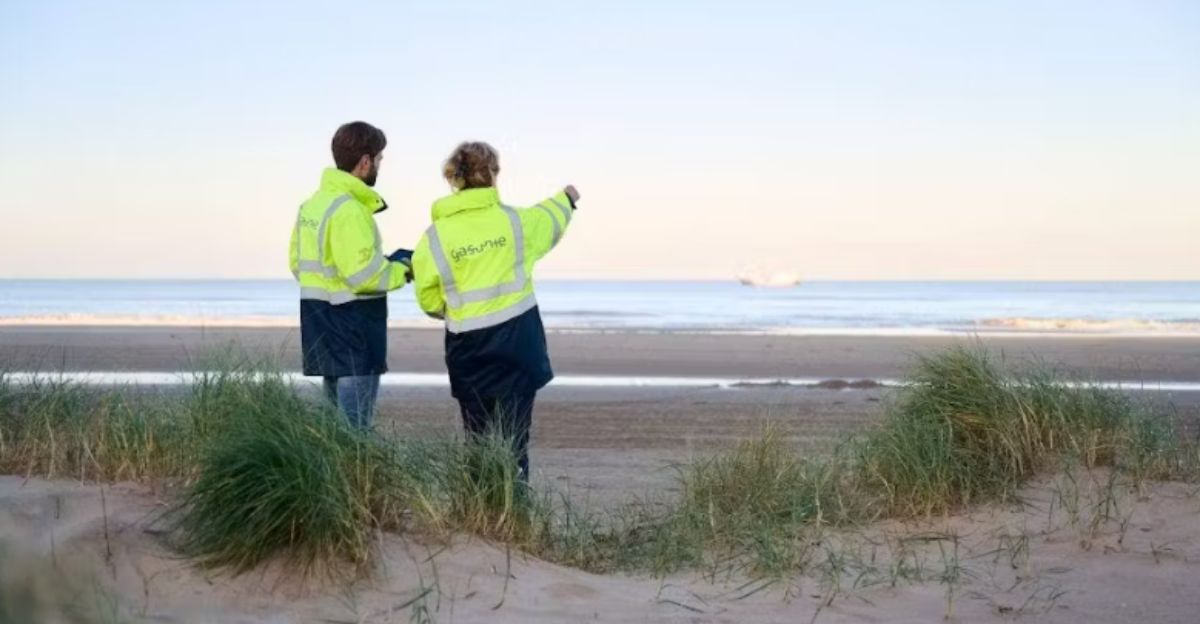
Naturally, no treasure has a price tag. Establishing this network of green hydrogen is not cheap. The initial cost is astronomical, and the technology—good as it may be—is still in its infancy.
Regulatory lag, disparate strategy across EU countries, and supply chain woes are merely some of the obstacles that keep it from forging ahead.
Every country is moving at its own pace, usually slowed down by its own red tape. And with no uniform policy, the North Sea’s full potential might be nothing more than a pipe dream.
Slow Boats in a Race Against Time

In climate speak, time is crucial. As with every passing delay to put larger-scale green hydrogen projects into operation, time is lost in the battle against global warming. There is ambition but slow action.
National policy is fragmented and cross-border collaboration is poor. All that Europe requires today is not just money—but coordination. One playbook, one effort together. Because this is not only a matter of power—it’s a matter of leadership in a fast-paced world.
From Pilot Projects to Powerhouses
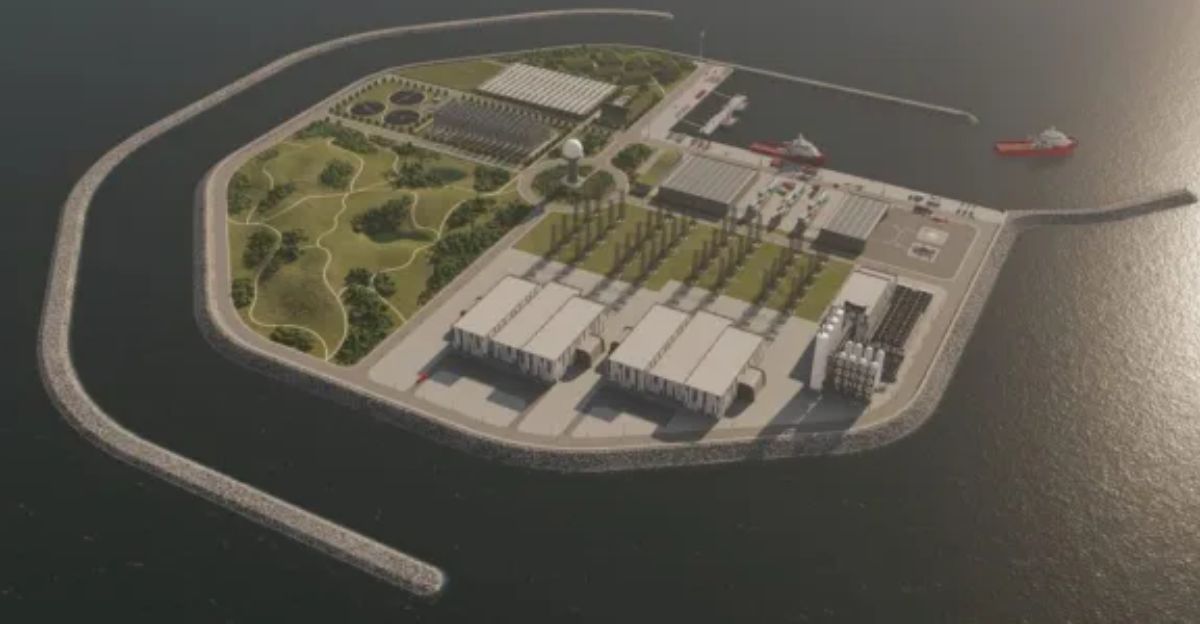
Pilot schemes already demonstrate that this can be achieved. Denmark’s “Energy Island” or Germany’s offshore electrolysis pilot plants are two examples. They are test beds for concepts that will potentially become mainstream in a matter of years.
But scaled-up deployment takes guts, money, and foresight. If the EU does go on to coordinate its strategy, pilots like these may be the stepping stone to continental-scale adoption of green hydrogen from offshore wind.
Job Growth and Economic Impact

The green hydrogen boom isn’t just an environmental victory—it’s a financial one. Economists put the global industry at hundreds of thousands of European jobs. From engineers and builders to scientists and shipping experts, the spill-over will trickle through sectors.
North Sea coastal economies can flourish, converting former oil clusters into hub-of-innovation centers. It’s a unique opportunity to tie climate action with prosperity—and Europe stands to gain first.
The Second Act of the North Sea
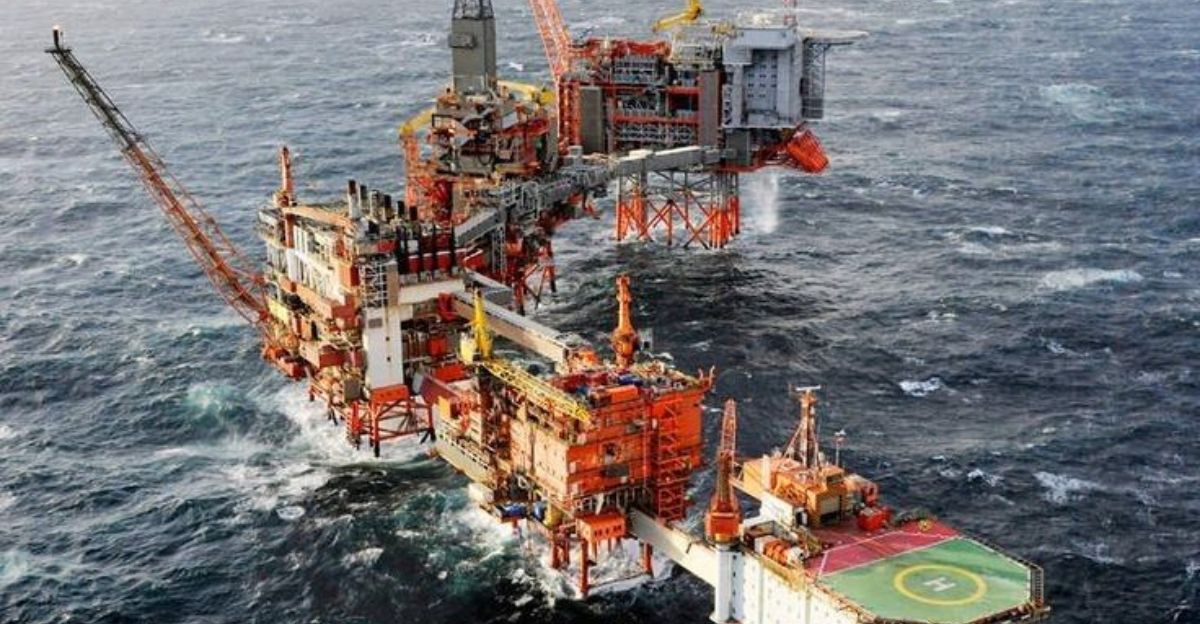
The North Sea, previously the exclusive oil and gas domain, is being repurposed. Its new narrative is clean, sustainable, and high-tech. The same seas that supplied Europe with its fossil fuel habit might now supply its green rebirth. And it can be a model for other coastal towns around the world. History is being rewritten in greener ink.
Why This Isn’t Just a European Story

Europe’s success has a domino effect on the rest of the world. If green hydrogen from the North Sea is commercially viable, others will follow. Asian, South American, and African coastal states could create offshore wind-hydrogen hybrids.
Global emissions will decline. Fossil fuel reliance could decrease. Global energy geopolitics could improve. Whatever takes shape in Europe could reshape the global energy paradigm.
So. Are We Ready to Dive In?
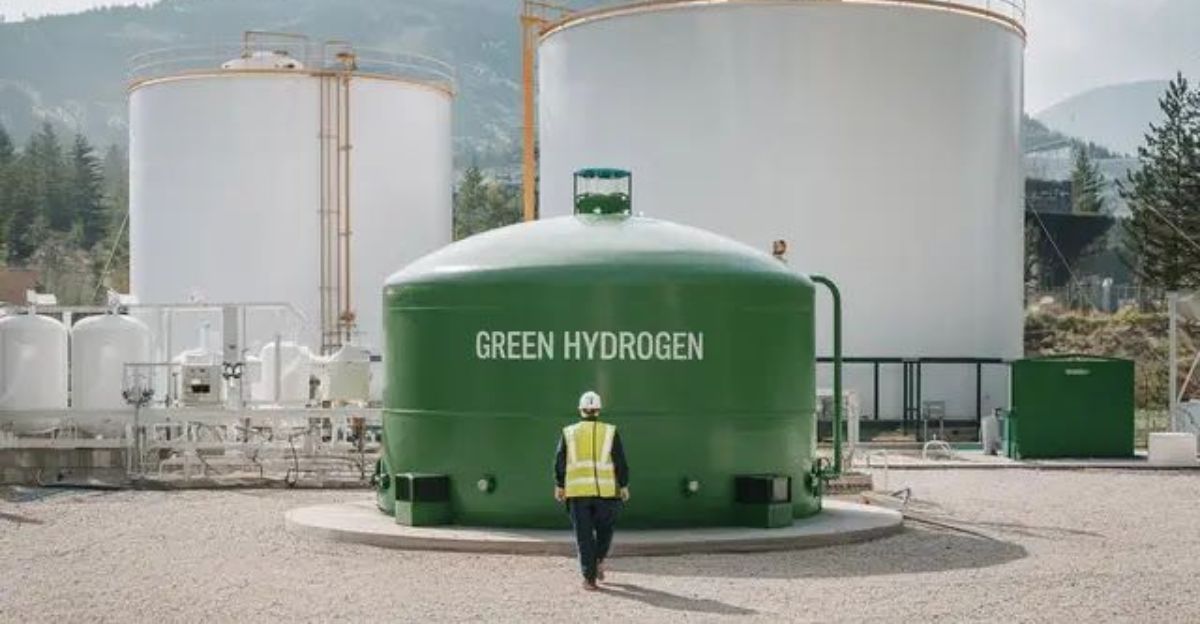
The technology is available. The need is indisputable. The treasure has been revealed. Now, the question on everyone’s mind is: Are Europe and its nations ready to dive in together?
A combined push could turn green hydrogen into one of the continent’s most robust economic drivers. But procrastination might be an opportunity lost.
It’s not every day that we have a chance to be the world leaders—not just in innovation, but in sustainability. What will it take for us to make the jump? And what are the consequences if we don’t?
Explore more of our trending stories and hit Follow to keep them coming to your feed!

Don’t miss out on more stories like this! Hit the Follow button at the top of this article to stay updated with the latest news. Share your thoughts in the comments—we’d love to hear from you!







